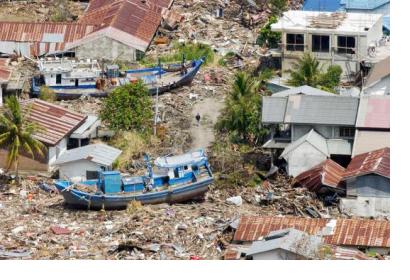This year’s Asia Pacific Disaster Report 2015 – 'Disasters without borders: regional resilience for sustainable development', released by the United Nations Economic and Social Commission for Asia and the Pacific (ESCAP), provides an overview of disaster-risk resilience in the Asia-Pacific region. Furthermore, the report introduces new emerging risks for the region and its different sectors.
The report focalizes on cross-border disasters, among them earthquakes, droughts, tropical cyclones and floods, which can be only effectively dealt with cooperation. The ESCAP Executive Secretary Shamshad Akhtar stated, “Ours is the most disaster-prone region, so building resilience is not a choice, but rather a collective imperative (…) Disaster risk reduction is a core development priority of Asia and the Pacific.”
Besides cross-border disasters, the Asia-Pacific Disaster Report 2015 highlights specific areas of disaster risk reduction, which need to be further addressed. Natural disasters like droughts need to be mitigated with a long-term perspective for sustainably reducing its impact and recurring risk. The report evaluated political commitments within the Asian-Pacific as insufficient, lacking concrete actions, although investing in disaster risk reduction has been proven cost efficient.
According to the 2015 Asia-Pacific Disaster Report, Asia-Pacific is the most disaster-prone region of the world, counting 1,625 disasters during the last 10 years, representing over 40 per cent of the global total. Overall, nearly 1.4 billion people have been affected by natural disasters within the Asia-Pacific region, accounting for 80 per cent of people globally affected by natural disasters.

